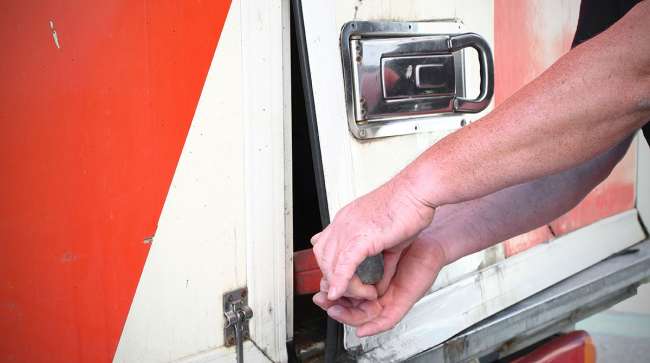Cargo Theft Rising in Canada

A voluntary reporting system for tracking cargo theft in Canada has led to a database showing a steady rise in thefts, though the true extent of the problem isn’t clear.
The Insurance Bureau of Canada and the Canadian Trucking Alliance teamed in 2014 to launch the National Cargo Theft Reporting Program, an online site where carriers and law enforcement can voluntarily report thefts.
The first six months of this year saw cargo thefts worth C$27 million while $13.2 million of those losses have been recovered, according to the NCTR program. If that pace continues, in the second half it would top the $46.2 million reported losses for 2017 and $17.3 million that was recovered.
In 2016, thefts worth $42.3 million were reported and $25.2 million was recovered.

The database grew out of a 2011 study that found cargo theft was impacting local and Canadian economies, the trucking industry, retailers, insurers and law enforcement and could cost the country as much as $5 billion annually. However, some observers called that figure too high.
Trying to nail down a true picture of the problem was one of the reasons for creating the database, said Steve Kee, media director with the Insurance Bureau.
Whatever the dollar value, “cargo theft is significant across the country,” said Kee. The goal of the database is to “improve information sharing between insurers, the trucking community and law enforcement.”
However, the Insurance Board and the Trucking Alliance acknowledge that voluntary reporting can be problematic because many theft victims fear a damaged reputation, a negative impact on their business and higher insurance premiums, and for other reasons.
Sensitech’s SensiGuard Supply Chain Intelligence Center also tracks cargo theft in Canada.
SensiGuard’s United States & Canada Cargo Theft Annual Report 2017 found that the most commonly stolen product sector in Canada was food and drinks, accounting for 44% of all cargo thefts. Thieves prefer food and drink because it’s easy to sell and these commodities typically don’t have tracking technology.
2017 Annual Us by Transport Topics on Scribd
Electronics was the category with the highest average value of a haul at $254,066. Thefts of full truckloads accounted for 86% of total thefts in Canada, followed by facility theft at 7%, pilferage at 4% and fictitious pickup at 2%, SensiGuard reported.
Experts say that much of the theft is conducted by organized crime groups that pay off sources at a depot or warehouse or at a carrier that shares details on a trailer filled with a valuable load.
These groups typically have a buyer lined up before they take the trailer, said Todd Moore, president of Canadian Armed Robbery Training Associates, an Ancaster, Ontario-based provider of armed robbery training to high-risk groups.
“There’s a market for everything, from building supplies to diapers,” said Moore.
Criminals lean to cargo theft because it’s a relatively easy way to raise money that is invested in drugs where the rewards are much higher, said Moore. For instance, criminals may garner $7,000 from a stolen truckload and use it to buy cocaine that they sell in Toronto for $50,000, according to Moore.
“It all comes back to the drug trade because it’s so lucrative,” said Moore.
Moore is a police detective who created CARTA in 2003 and developed its anticargo theft courses in 2010.
There are common-sense ways that carriers can reduce their chances of being hit by crooks, said Moore.
First and foremost, focus on the trailer because that’s what thieves want, not the tractor. That means installing a GPS tracking system in the trailer and investing in cameras, motion-detection systems, lights and locks to “harden the yard” where the trailer is sitting.
“Most fleets are not proactively addressing the problem,” said Moore. “You can do some things that make you difficult.”




